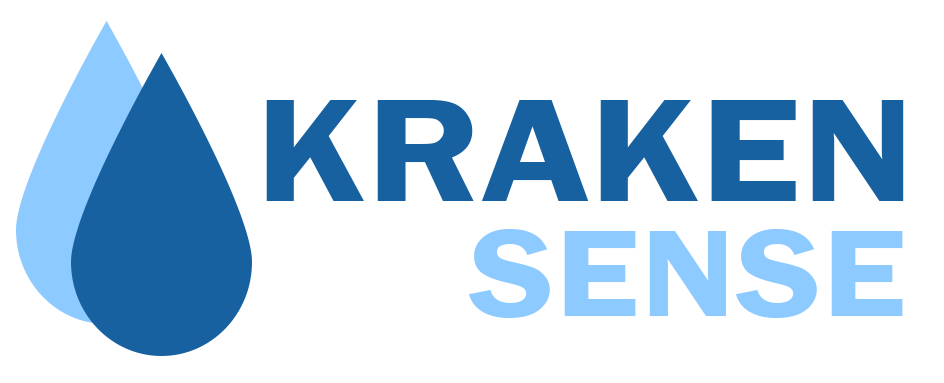Pathogen Detection in Food Processing Plants: Ensuring Safety with Real-Time Monitoring
In the food industry, the stakes for safety are high. Foodborne pathogens like E. coli, Salmonella, and Listeria can compromise product quality, trigger costly recalls, and pose severe health risks to consumers. Traditional microbial testing often takes several days, creating a gap in which contamination can spread, especially in high-paced production environments. However, with advanced real-time pathogen monitoring, food processing facilities can now detect contaminants instantly, preventing outbreaks and ensuring compliance with stringent food safety standards.
The Importance of Real-Time Pathogen Detection
Rapid and accurate pathogen detection in food production is essential for both public health and business integrity. Conventional testing, though effective, involves time-consuming sample preparation and laboratory work. These delays can result in contaminated products reaching the market, leading to recalls that carry significant financial and reputational risks for producers. Real-time monitoring bridges this gap by continuously checking for pathogens, allowing manufacturers to intercept issues before they affect the final product.
Real-time systems such as Kraken Sense’s qPCR-based detection platform provide the following advantages:
Immediate Detection: By amplifying pathogen DNA, qPCR identifies contaminants in under 60 minutes, facilitating rapid intervention.
Automated Monitoring: Automated systems continuously assess production surfaces, water sources, and ingredients without manual sampling, ensuring consistent oversight.
Real-Time Alerts: In the event of contamination, automated alerts notify quality teams, allowing them to respond proactively and isolate affected batches before distribution.
How Real-Time Pathogen Detection Works in Food Processing
Kraken Sense’s real-time monitoring platform is designed to integrate seamlessly into food processing environments. It autonomously collects samples, detects DNA from specific pathogens, and generates data on contamination levels in real time. This is achieved through sensors tailored to target strains such as E. coli O157, Listeria monocytogenes, and Salmonella, which are known to cause foodborne illness. Key steps include:
Continuous Sample Collection: The system autonomously samples critical areas within the processing environment, including ingredient intake zones, water lines, and packaging areas.
DNA Amplification and Detection: Using qPCR, the system amplifies and identifies microbial DNA, providing a clear indication of contamination levels.
Instant Data Access and Alerts: Results are sent to a cloud-based dashboard, accessible via mobile or desktop, where they can be monitored in real time. Customizable alerts enable teams to respond instantly when pathogen levels exceed safety thresholds.
Benefits of Real-Time Monitoring in Food Safety
Real-time pathogen detection offers numerous benefits for food manufacturers and their customers:
Enhanced Safety Compliance: Continuous monitoring aligns with safety regulations set by agencies like the FDA and USDA, supporting streamlined audit processes and regulatory compliance.
Reduced Recall Risk: By identifying contamination early, real-time monitoring prevents tainted products from reaching consumers, saving companies from the financial burden and brand damage of recalls.
Improved Sanitation Practices: Real-time data highlights areas where contamination frequently occurs, allowing for targeted sanitation and preventing recurring issues.
Consumer Trust: Transparent safety practices enhance consumer confidence in the brand, leading to stronger customer loyalty and market presence.
Case Study: Preventing a Recall Through Real-Time Monitoring
In one application, a large dairy processor implemented Kraken Sense’s pathogen detection system to monitor Listeria and E. coli in production. During a routine sampling, the system detected a spike in contamination levels, triggering an immediate response. The quality team isolated the affected products and enhanced sanitation protocols in the specific area, preventing the contaminated batch from being distributed and potentially saving the company millions in recall costs.
Strengthening Food Safety from Source to Shelf
Real-time pathogen monitoring provides a robust framework for ensuring food safety across the supply chain:
Raw Material Verification: Pathogen checks on raw materials like meat, produce, and dairy prevent contaminants from entering the production process.
Production Line Safety: Continuous testing of processing lines and equipment surfaces prevents cross-contamination between batches.
Packaging and Distribution Oversight: Monitoring in packaging zones ensures the final product remains uncontaminated, ready for safe distribution.
Kraken Sense: Leading the Way in Real-Time Pathogen Detection
Kraken Sense’s platform provides a fully automated solution for the food industry, combining advanced qPCR technology with real-time monitoring capabilities. With predictive analytics, customizable alerts, and a user-friendly interface, Kraken Sense enables food manufacturers to maintain high safety standards efficiently. The system’s flexible design integrates seamlessly with existing processes, allowing businesses to uphold safety, reduce operational costs, and safeguard their brands.
Kraken Sense
Real-time pathogen detection is revolutionizing food safety, offering manufacturers a powerful tool to prevent contamination and secure consumer trust. Kraken Sense’s technology delivers precise, continuous monitoring, providing a proactive approach to food safety that benefits both businesses and their customers. By investing in real-time monitoring, food processors can protect public health, comply with regulations, and strengthen their reputation in a competitive industry.
